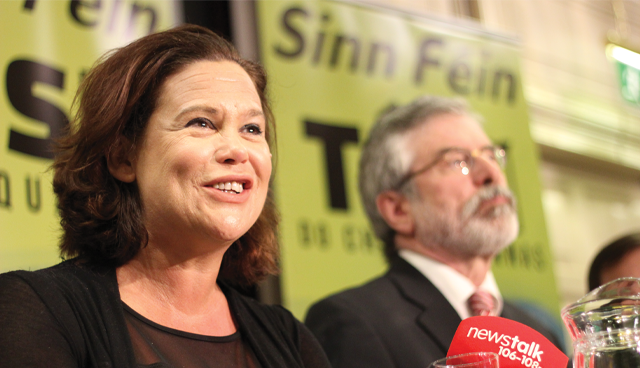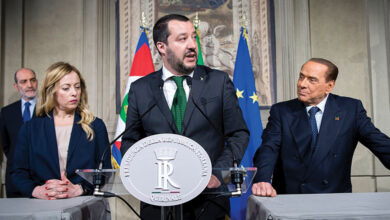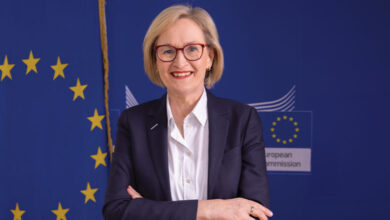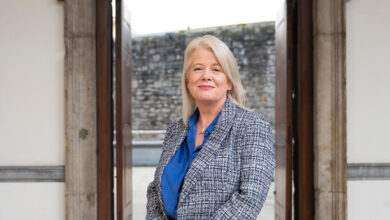Local and European elections continue Sinn Féin slump

The local government and European elections of May continued a slide that began for Sinn Féin with the 2018 presidential election. With polling wavering between marginal losses and gains for Ireland’s largest left-wing party in the next general election, eolas examines what has happened since 2016’s general election.
2019 began electorally for Sinn Féin in the local government elections in Northern Ireland, held on 2 May. The results were difficult to analyse from the party’s point of view, with the number of councillors staying static at 105 and the number of councils controlled staying at five, with a further one jointly controlled with the SDLP.
While there was consolation to be taken in the fact that the party was the only one of the so-called big four – the DUP, Sinn Féin, the UUP and the SDLP – to not see their number of seats decrease, Sinn Féin did see their share of first preference votes decrease.
However, Sinn Féin’s showing in the Republic’s local election just three weeks later revealed a party rapidly losing the base that it had built up in the wake of the financial crisis of 2008. With Fianna Fáil supporting the Fine Gael minority government, received political wisdom is that there is an opportunity for a party to mark themselves out as the true opposition and Sinn Féin, as the third biggest party in the State, were best placed to do so, but instead returned with 78 less local seats than they had in 2014. With their first drop in councillor numbers since the modern incarnation of the party entered local politics in the 1974 election, Sinn Féin saw their vote share fall from 15.2 per cent to 9.5 per cent.
The losses did not stop there; on the same day as the local elections, the party lost two of their European Parliament seats, with only Matt Carthy retaining. The “green wave” and outflanking on the left by the Independents 4 Change group meant that Sinn Féin suffered their worst day in the Republic’s electoral system for quite some time.
The slide continues a trend begun with the 2018 presidential election, when the party took the ill-advised decision to run sitting MEP Liadh Ní Riada against the popular incumbent Michael D Higgins. Ní Riada finished fourth, behind Higgins and independents Peter Casey and Seán Gallagher. Her vote share of 6.4 per cent, less than half of the 13.7 per cent Martin McGuinness received in 2011, reflected why Fianna Fáil and Fine Gael had both decided not to challenge Higgins. Ní Riada would go on to lose her European seat in May.
Polling does not do much for those in Sinn Féin looking to be optimistic, with the party oscillating between a low of 12 and a high of 24 per cent, generally landing in the 14 to 19 bracket, since the 2016 General Election. Of all the polls conducted since then, only one 8 March 2017, Sunday Times/Behaviour and Attitudes) has placed them ahead of Fine Gael, with two (15 May and 17 July 2018, both ST/B&A) placing them ahead of Fianna Fáil and one (12 June 2018, ST/B&A) placing them on par with Fianna Fáil. The party has polled on 20 points or above only three times in 15 polls so far in 2019, the last time being another Sunday Times poll placing them third with 21 per cent on 16 April, although this was followed the next day by a Red C/Sunday Business Post poll with the party at 14 per cent.





